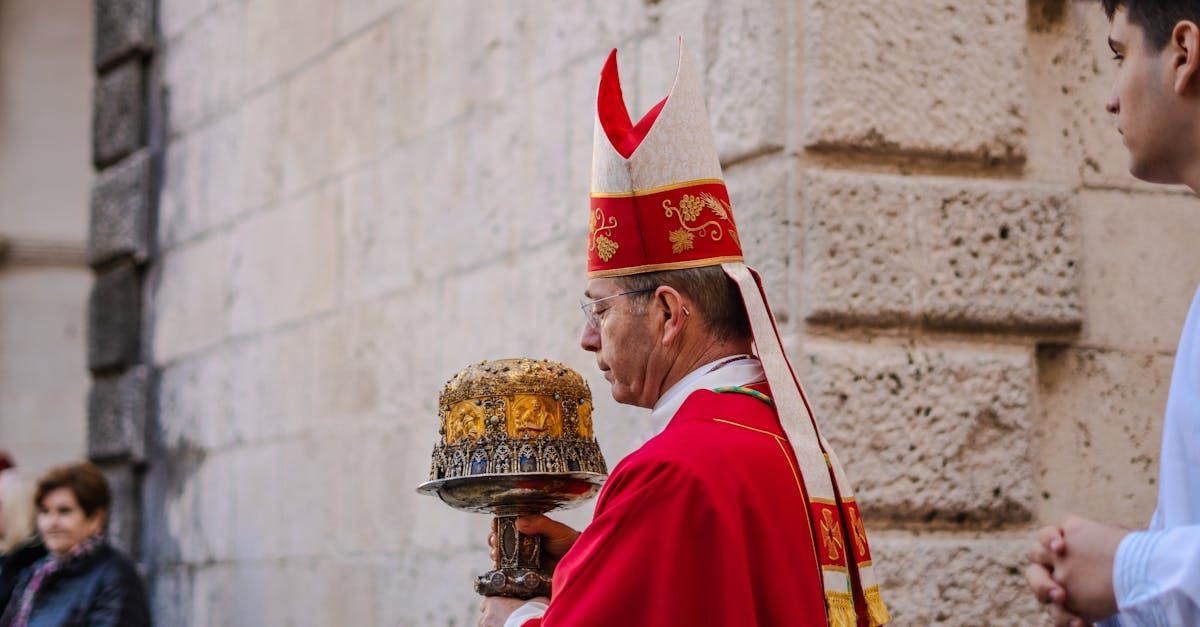Leprosy in the Ancient World
The seriousness of leprosy in the ancient world is certainly lost on those of us who live in a world of modern medicine, OTC pain killers, and access to clean water and topical antibiotics. During the Exodus, there were strict laws concerning leprosy in order that the disease might not spread in the camp. Today, we call leprosy Hansen’s disease. It is an infection of a slow growing bacteria and, because of the slow progression, it takes quite a bit of time for the symptoms of the infection to appear. Even with all of our modern scientific instruments, it is surprising to learn that researchers have not pinpointed for certain how the disease spreads.
In Leviticus, the laws concerning leprosy are enumerated in great detail. Over time, the same laws that applied to the camps are also applied to the towns and villages. These are the instructions for those afflicted with leprous sores: “The garments of one afflicted with a scaly infection shall be rent and the hair disheveled, and the mustache covered. The individual shall cry out, ‘Unclean, unclean!’ As long as the infection is present, the person shall be unclean. Being unclean, that individual shall dwell apart, taking up residence outside the camp” (Lv 13:45-46). This is then the motivation for these ten lepers standing at a distance and crying out to Our Lord.
Our Lord’s response can at first glance seem troubling. He certainly could have gone and touched them, healing them immediately, or uttered one miraculous word to banish the infection from their flesh. However, by telling them to go and show themselves to the priest, he is commanding obedience to God and obedience to the law. He is in a way ordering their intellect and will to right authority. In Israel, the priests were not only in charge of offering sacrifice, but they also had doctor-like roles in determining whether someone was unclean or not. If you want the nitty gritty details about the types of sores and such, you can read chapter 13 of Leviticus. There you can find that Our Lord is simply commanding them to obey the law. And when they submit themselves to Christ’s command and the law God gave Moses, he brings about the healing that they requested.
The priests and “ex-lepers” will then follow the protocol in Leviticus 14. There are sacrifices offered for the cleansing of the leper and balms made to anoint his body. Eventually, the whole body of the leper is shaved (it was thought that leprosy was connected to the hair) and the cleansed leper must wash in clean water. Only then will the priest welcome the leper back into the community. This, then, is some background information to better help us understand the context of our Gospel today.
Pastor's Ponderings












